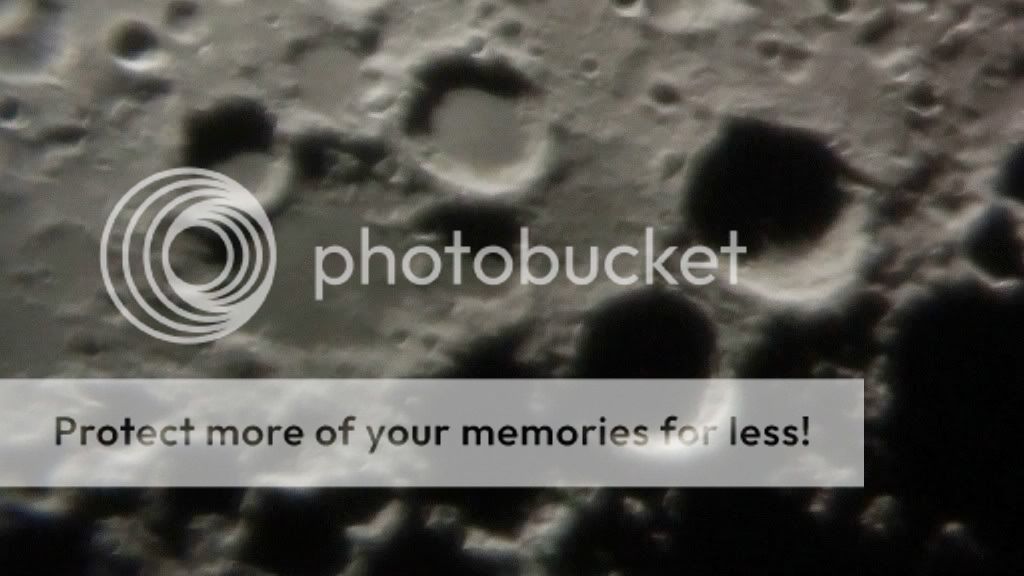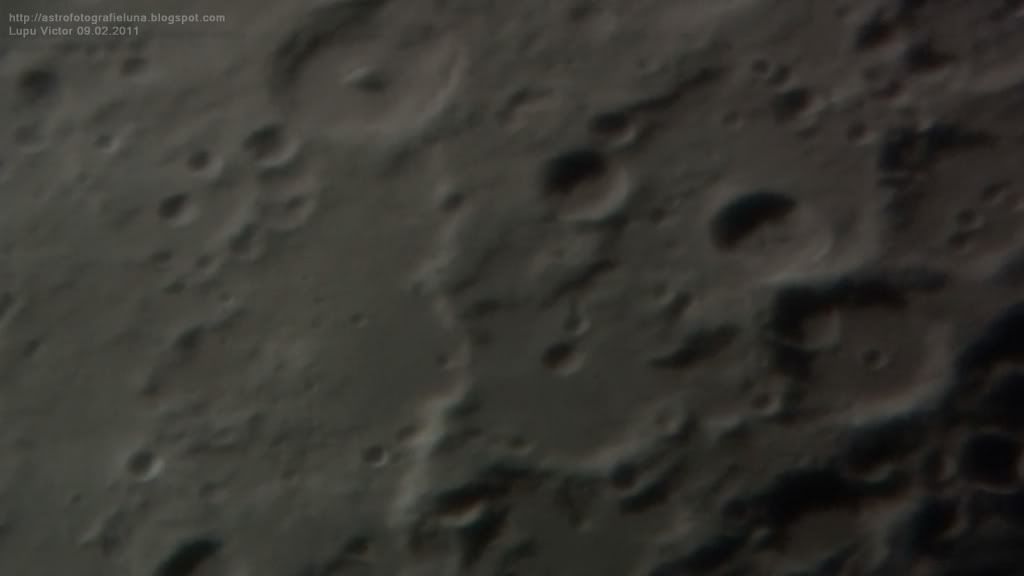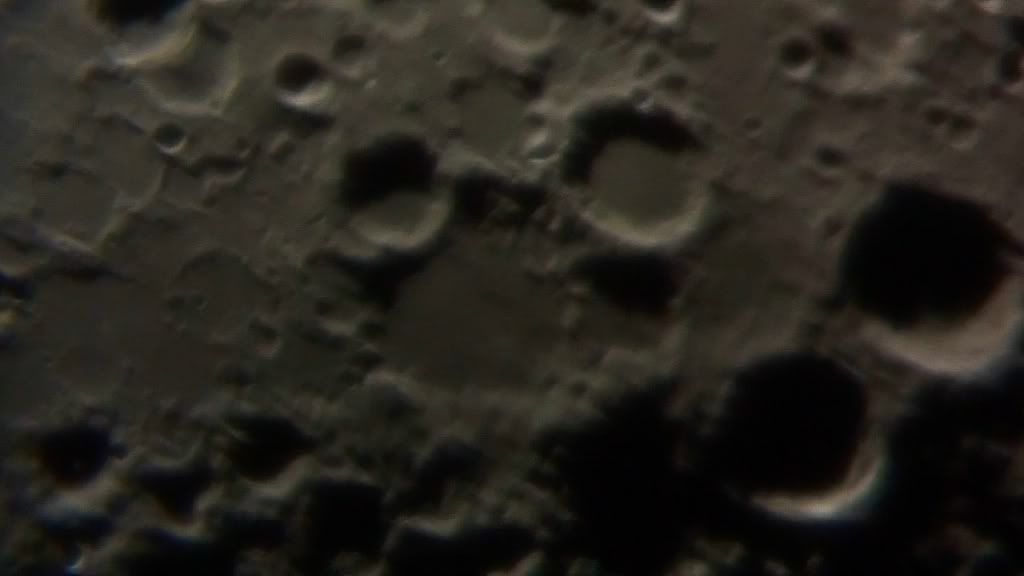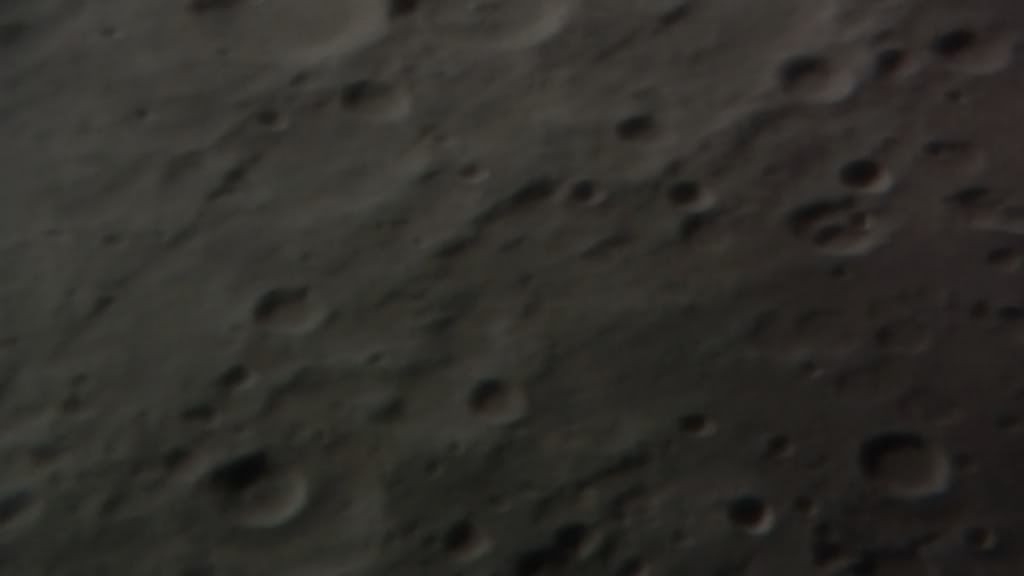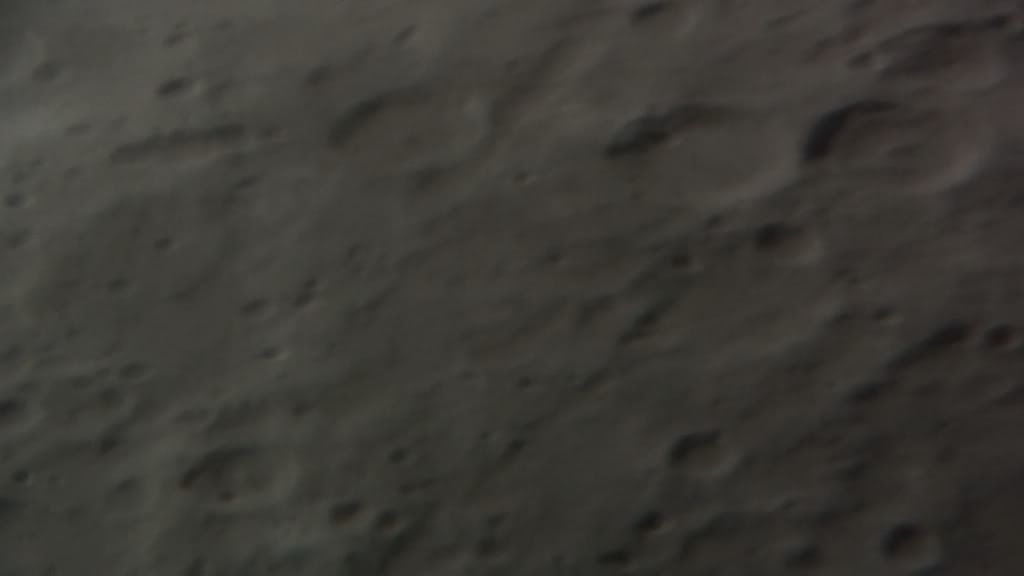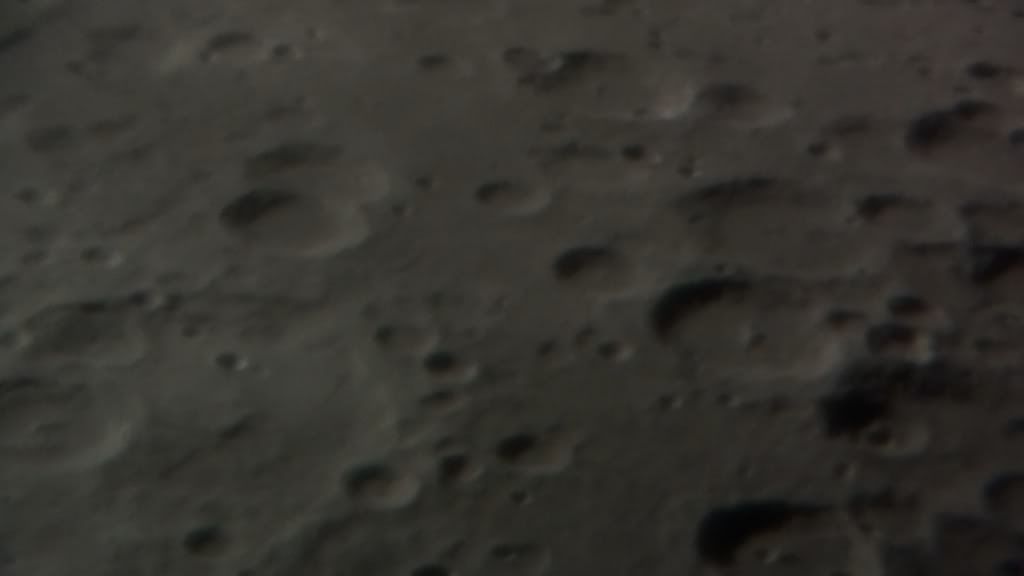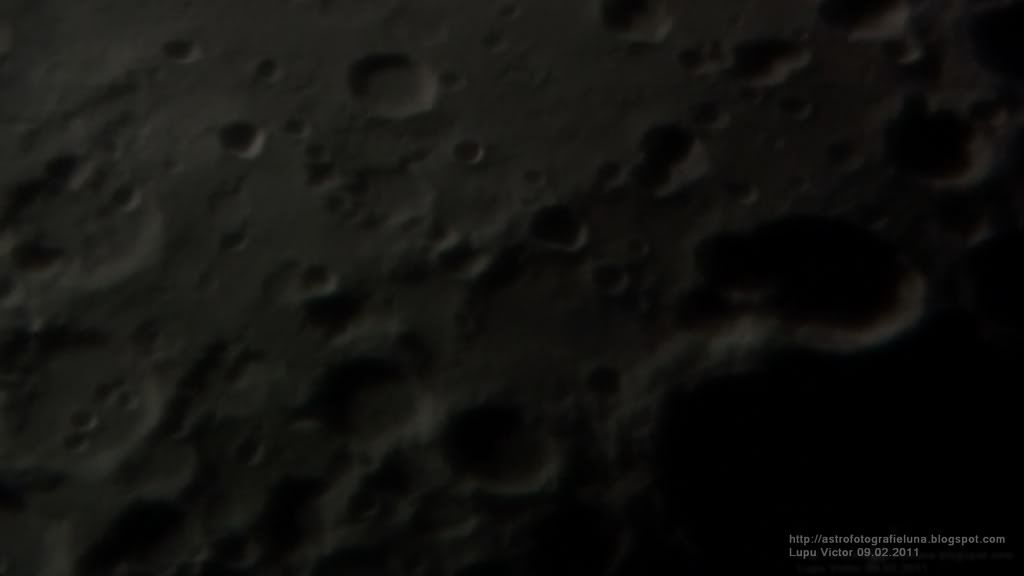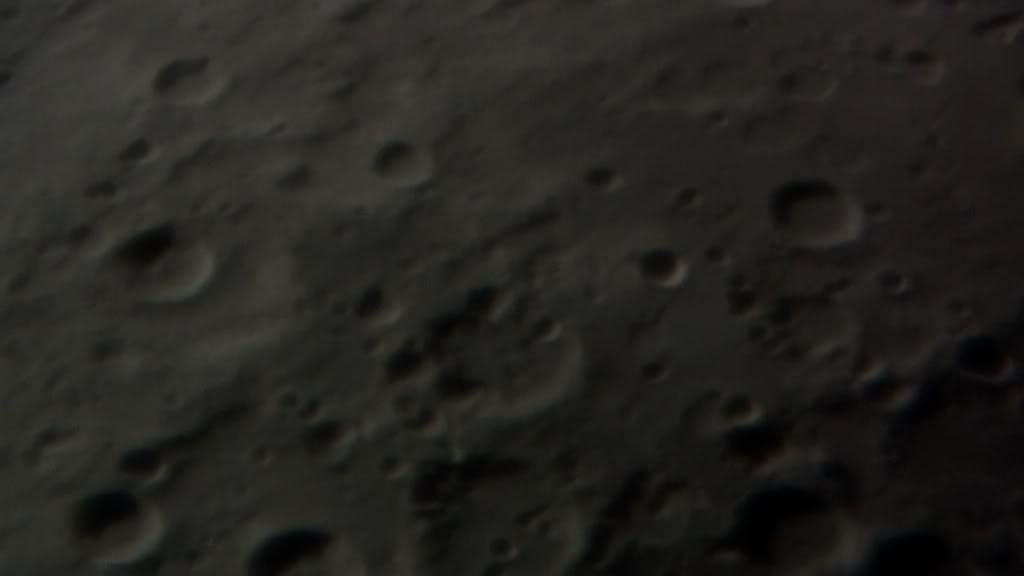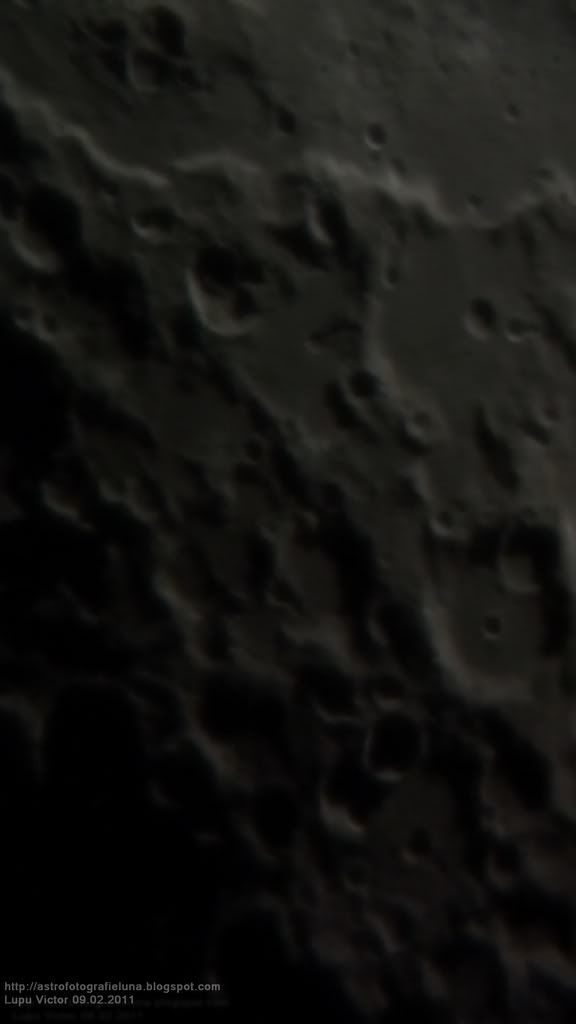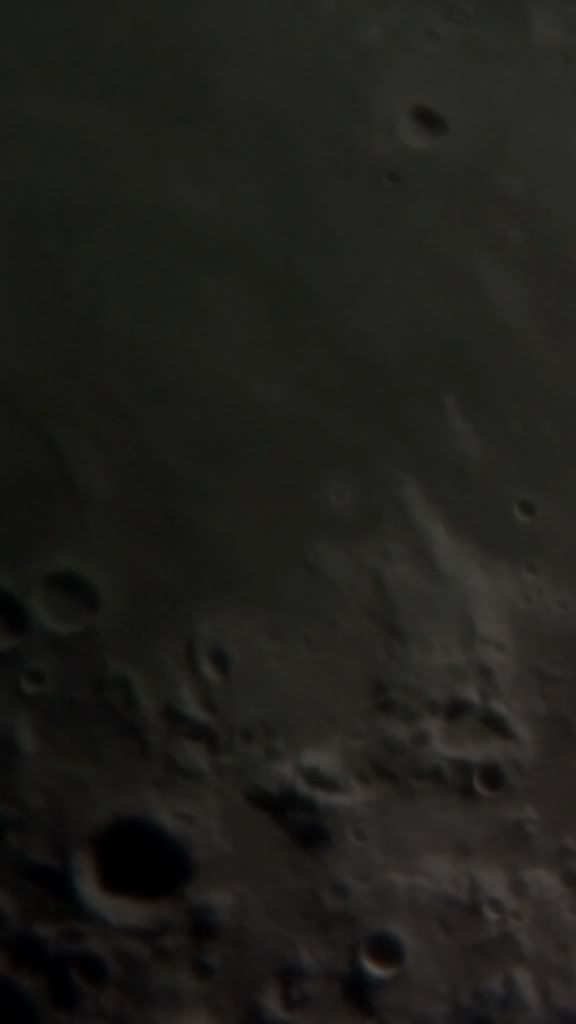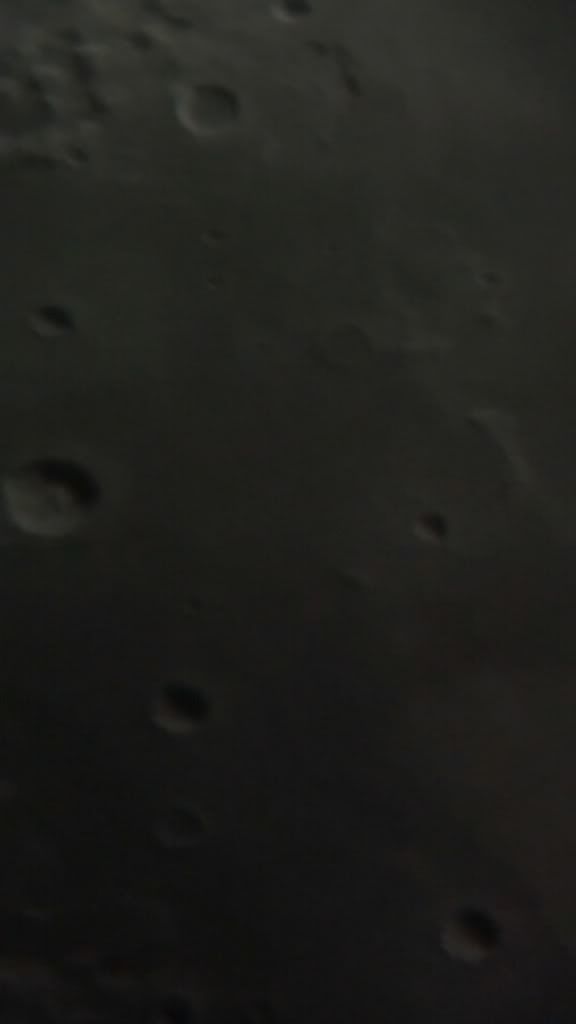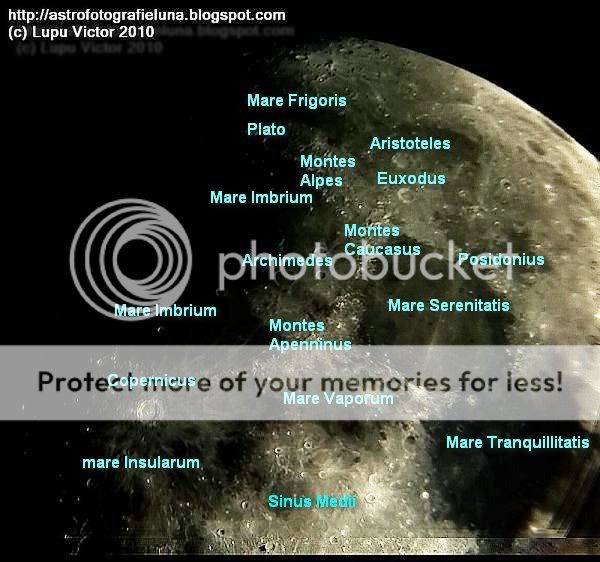I caught in these images craters in dim light located at the terminator. Most important in size, are Playfair G (94 km), Apianus (63 km), Aliacensis (80 km) and Playfair (48 km), the rest being smaller satellite craters of them. Located closest to the terminator is Aliacensis, and therefore its bottom is not available for observation being immersed in shadow. In the same situation is the crater Krusenstern (47 km) south of Playfair G.
Playfair G's floor is barely visible to the south of its inner south walls are illuminated by the sun, revealing small craters on them.
Lunar terminator, makes to be distinguished out more clearly how much Playfair crater is superimposed over Playfair G's east.
Apianus, it is also shady and about 3 quarters of its eastern wall, and what remains in light reveals a smooth floor. On the southeastern edge of the crater we can distinguish the small satellite crater, Apianus B (10 km).
Magnitude: -10.82
Phase: 0.46
Distance: 399.283 km
Illuminated: 45.6% (0% = New, 100% = Full)
Astronomical instrument: Celestron C8-Newtonian telescope,
Eyepiece: Plossl 20mm, 2x Barlow
Mount: CG5 (EQ5)
Camera: Sony CX130
Filter: no
Date: 30.01.2012
Location: Baia Mare, Romania
Processing: FastStone Image Viewer
In the picture below are labeled craters and other lunar features in the region. To better understand this photo, you should note that the label with the name or the letter of larger craters could be found at their center, and on the small craters, you should find them around them, usually above.
Playfair G's floor is barely visible to the south of its inner south walls are illuminated by the sun, revealing small craters on them.
Lunar terminator, makes to be distinguished out more clearly how much Playfair crater is superimposed over Playfair G's east.
Apianus, it is also shady and about 3 quarters of its eastern wall, and what remains in light reveals a smooth floor. On the southeastern edge of the crater we can distinguish the small satellite crater, Apianus B (10 km).
Magnitude: -10.82
Phase: 0.46
Distance: 399.283 km
Illuminated: 45.6% (0% = New, 100% = Full)
Astronomical instrument: Celestron C8-Newtonian telescope,
Eyepiece: Plossl 20mm, 2x Barlow
Mount: CG5 (EQ5)
Camera: Sony CX130
Filter: no
Date: 30.01.2012
Location: Baia Mare, Romania
Processing: FastStone Image Viewer
In the picture below are labeled craters and other lunar features in the region. To better understand this photo, you should note that the label with the name or the letter of larger craters could be found at their center, and on the small craters, you should find them around them, usually above.








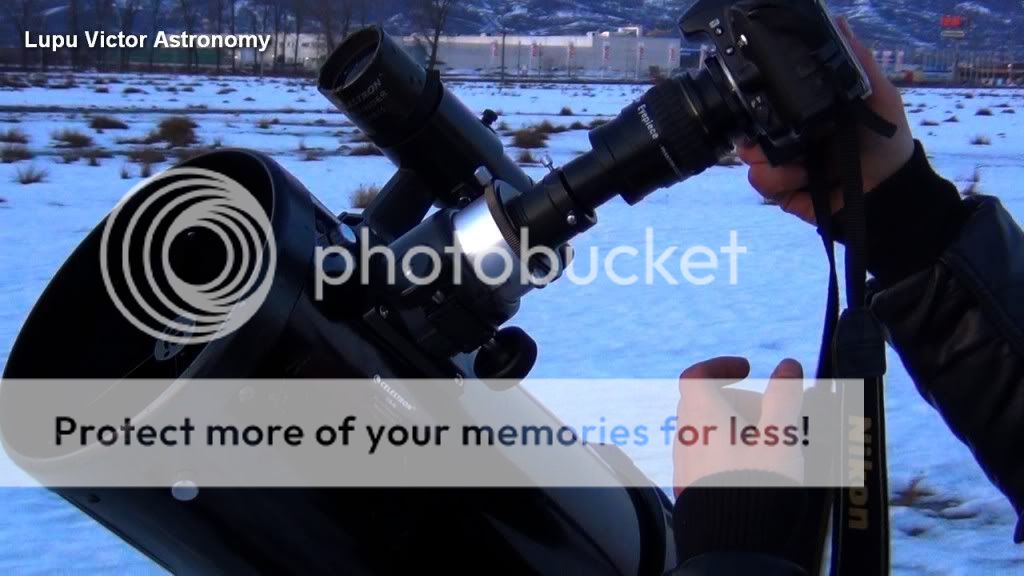

 Monday, February 29, 2016
Monday, February 29, 2016
 Unknown
Unknown







